Montana: More Than Just its National Parks
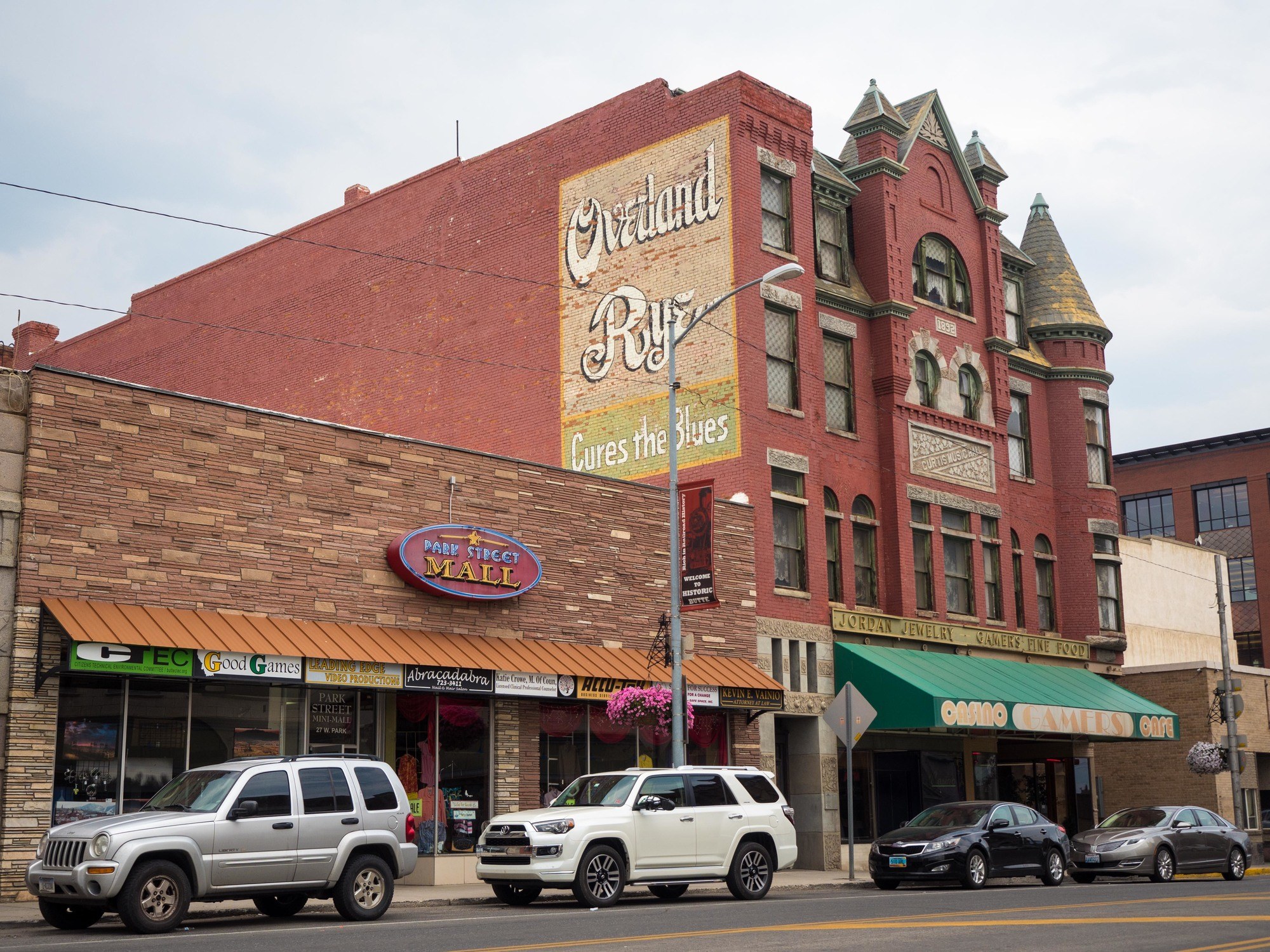
What do you picture when you think of Montana?
Maybe dude ranches? Or big skies? Or maybe Yellowstone and Glacier national parks?
For most people, I think, Montana is associated with its incredible national parks. Both Yellowstone and Glacier are well-known and well-loved – and rightfully so. Yellowstone was the first dedicated national park in the world, and Glacier National Park is often referred to as the “Crown Jewel of the Continent.”
But what do you know about Montana beyond its national parks?
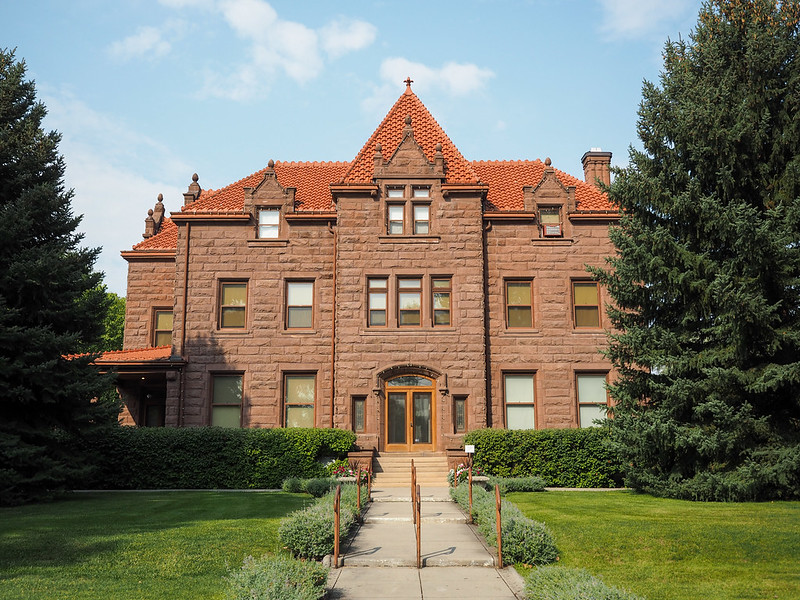
For example, did you know that…
- Montana was a gold rush state. In fact, by 1888, Helena (the current state capital) had more millionaires per capita than any other city in the world.
- Montana elected a woman to Congress before women even had the right to vote in the U.S. Jeanette Rankin was elected to Congress in 1916.
- Montana is home to the larges freshwater spring in the United States. It's appropriately names Giant Springs.
- Montana has the largest migratory elk herd in the nation.
- Montana has ties to “Jurassic Park.” Jack Horner, who worked for many years at the Museum of the Rockies in Bozeman, is a famous paleontologist who is said to have partially inspired the character of Dr. Alan Grant in the “Jurassic Park” movies.
And this is just scratching the surface! Montana is much more than just its national parks.
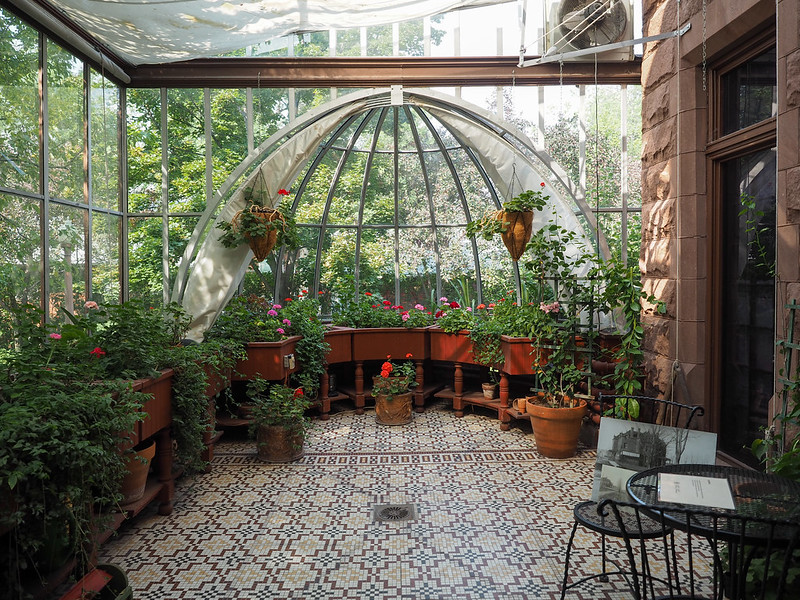
Beyond Montana's National Parks
When my sister, Melissa, and I were planning our road trip out West to see the 2017 solar eclipse, we knew we wanted to spend some time driving through Montana. We did hit up Yellowstone for a couple of days, but also wanted to focus on some cities and sights in Montana that the average traveler might not know much about.
After a handful of days spent driving across the state on Interstates 90 and 94 (a common road trip route across the northern U.S.), here are my suggestions for things to do and see in Montana that don't involve its national parks.
Explore mining history in Butte, Montana
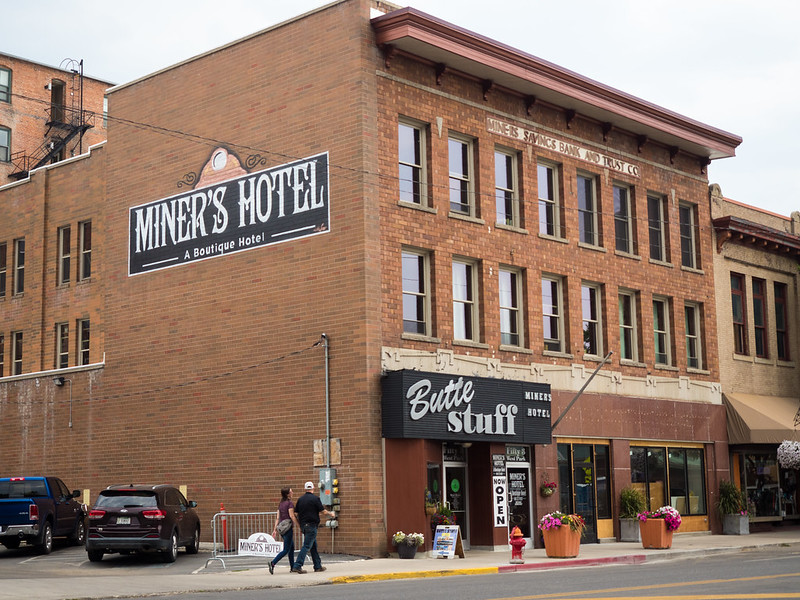
Butte, Montana, arose as a mining town in the late 1800s. And, while gold and silver were mined at first, the main mining operations in Butte eventually turned to copper with the advent of electricity. The city – often referred to as one mile high, one mile wide, and one mile deep – was once nicknamed “the Richest Hill on Earth” because of the amount of copper being mined there.
While most of Butte's mines have since shut down, you can still get an up-close taste of mining life in the city.
I would start at the World Museum of Mining, which sits atop the site of the former Orphan Girl mine. Along with a recreation of a frontier-era mining town called “Hell Roarin' Gulch” that you can explore, you can also take a tour down into the old mine with a former miner.
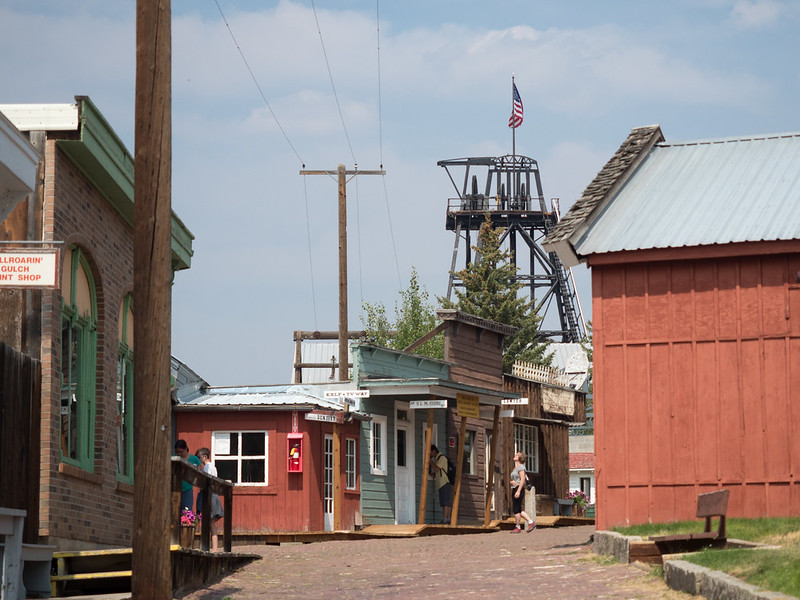
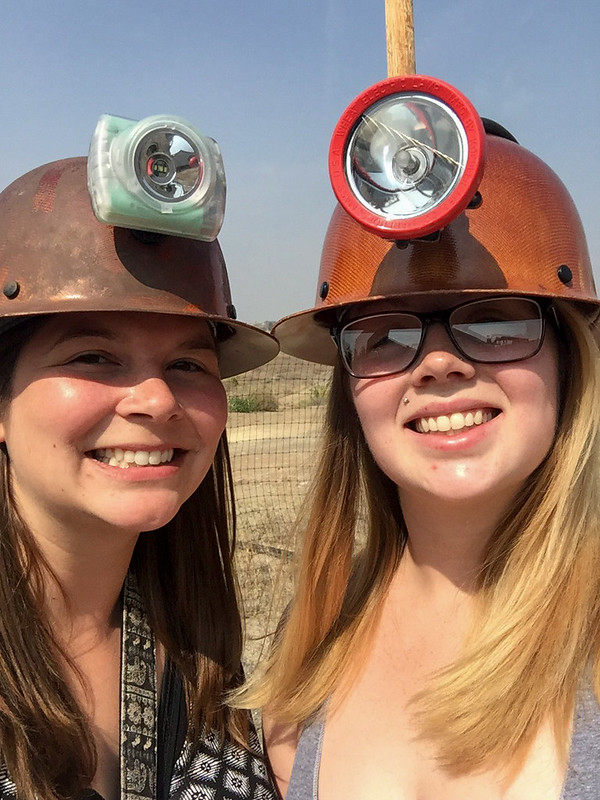
The Orphan Girl mine isn't an active mine any longer (pumps that used to keep all of Butte's mines clear of water were turned off decades ago, so the mine is flooded below about 100 feet), but Montana Tech students use it as a place to learn hands-on about mining technology and engineering.
I wasn't sure what to expect from a tour down into an old copper mine, but it was pretty cool!
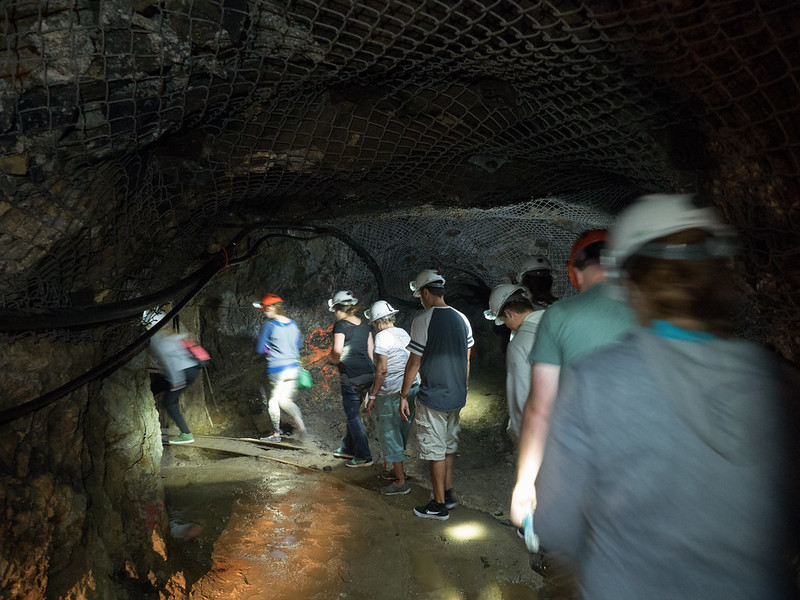
Where to stay in Butte: If you want to take your mining exploration to the next level, why not stay in a former miner's hotel? The Miner's Boutique Hotel is located in Butte's historic Uptown area and is listed on the National Registry of Historic Places. It was built in 1913 as a bank with rooms to let on its upper floors. Today, it's the only boutique hotel in Butte. (Read reviews on TripAdvisor | Book a room here!)
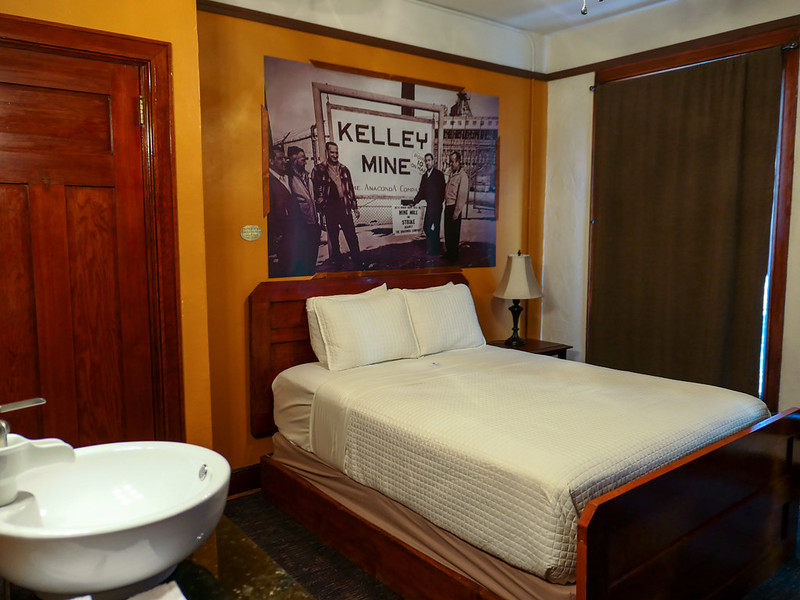
Where to eat in Butte: Butte has a couple very cool spots to grab a bite, including Metals Sports Bar & Grill, which is located in an old bank building. The bar has kept all the historic bank features – including the vault, which now has tables inside!
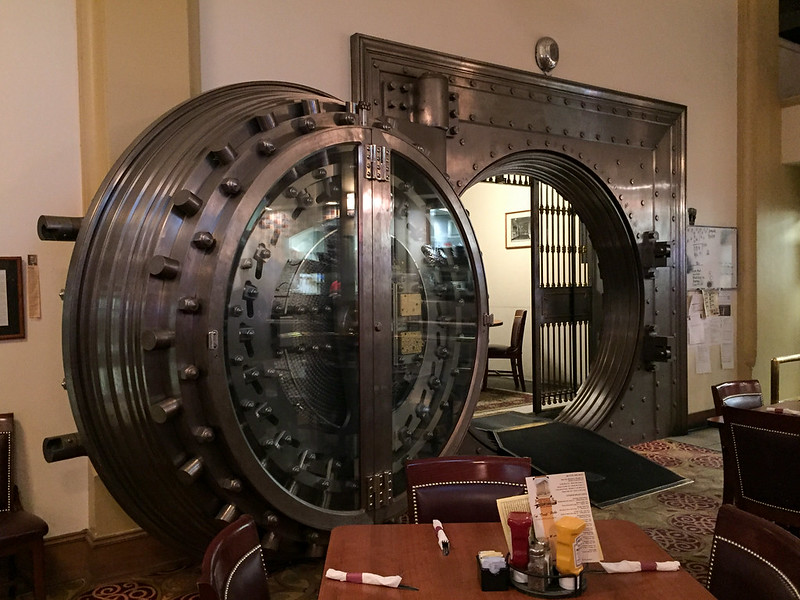
Hit the trails in Billings, Montana
Billings is the largest city in the state of Montana, and has been nicknamed “Montana's Trailhead” thanks to its proximity to nature and miles of scenic trails.
Unfortunately, Montana was beset by awful wildfires when Melissa and I were visiting, meaning we didn't get to enjoy any hiking or biking or any other outdoor activities.
What we did instead was relax at our hotel (the beautiful Northern Hotel right downtown) and tour the historic Moss Mansion, which was built in 1903 and was home to local businessman Preston Boyd Moss and his family.
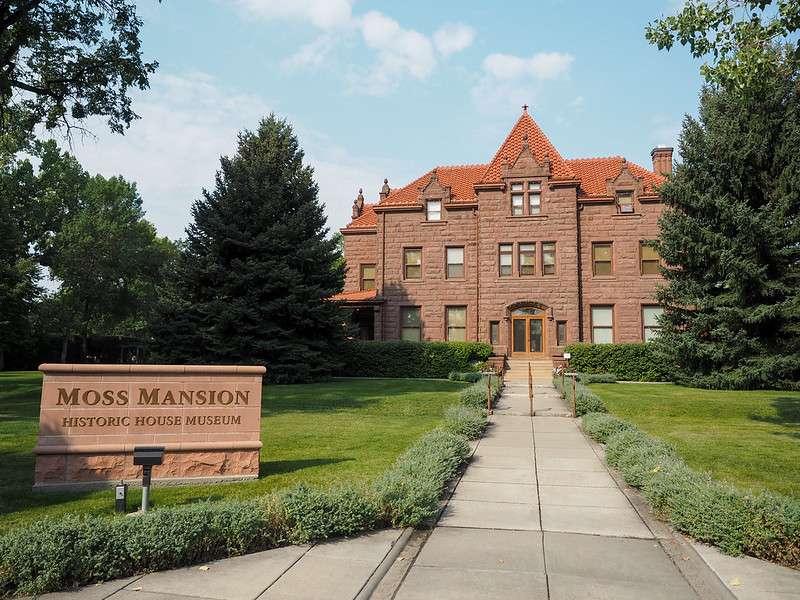
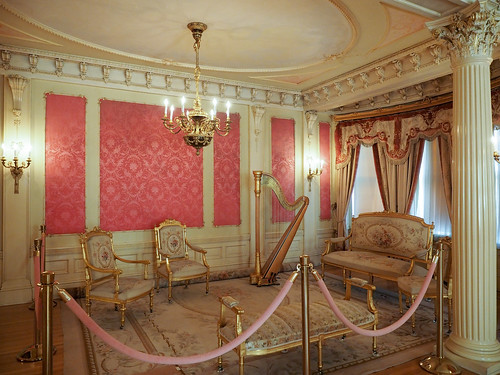

For those who love craft beer and spirits, Billings is also home to the only self–guided, walkable brewery trail in Montana. The city's unofficial “brewery district” is located downtown and includes six breweries, two distilleries, and a cider house, all within easy walking distance. Learn more here.
Where to stay in Billings: We stayed at the beautiful Northern Hotel, an upscale and modern hotel in downtown Billings. But fun fact: The hotel was originally opened in 1904 by Henry W Rowley and P.B. Moss (the Moss Mansion guy!). (Read reviews on TripAdvisor | Book a room here!)
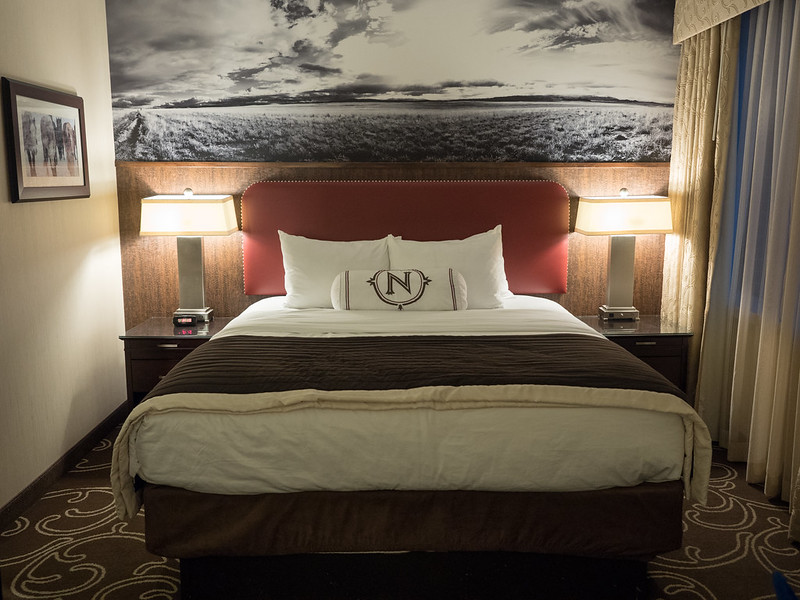
Where to eat in Billings: One must-eat place in Billings is The Burger Dive, which won best burger at the World Food Championship in 2016! (Try the “I’m Your Huckleberry” burger to taste the winner.)
See historic graffiti at Pompeys Pillar
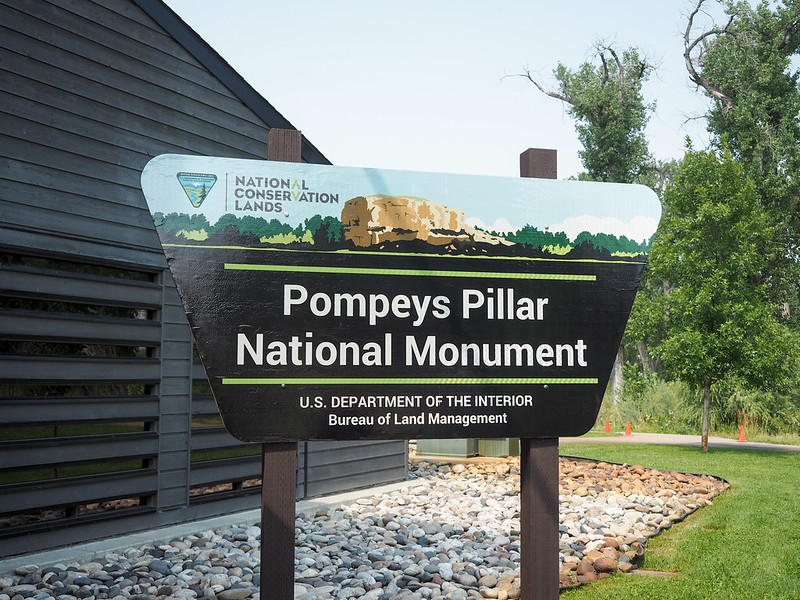
Who remembers learning about Lewis and Clark and Sacagawea and their expedition the explore and map the West in school? I'll admit that I forgot most of the details, but the names were certainly familiar to me.
So when Melissa and I discovered that there was a national monument in southern Montana where William Clark had carved his name into a rock during that famous expedition, we decided we had to go see it!
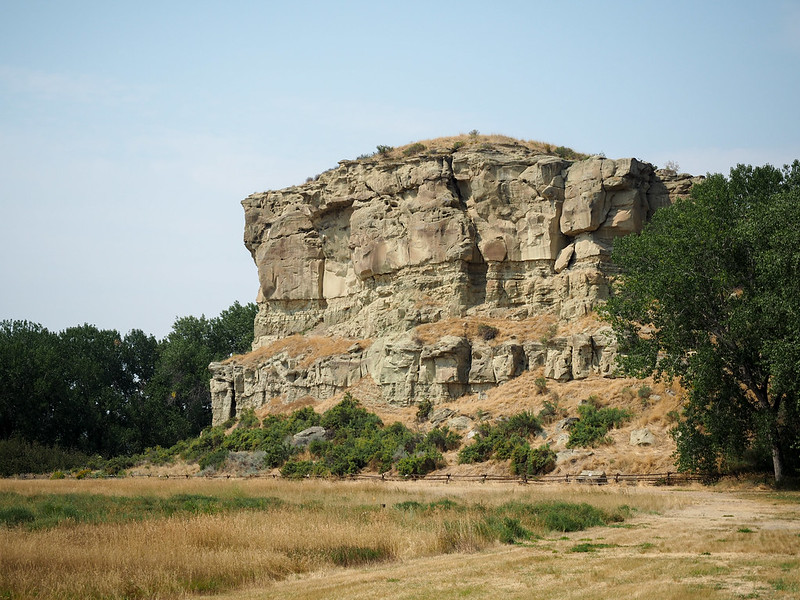
The visitor center at Pompeys Pillar National Monument does a good job of walking you through Lewis and Clark's history and journey, and then you have the chance to climb some wooden steps to see the historic graffiti up close.
This carving – made in 1806 – is the only remaining physical evidence of the entire Lewis and Clark Expedition. Pretty darn cool!
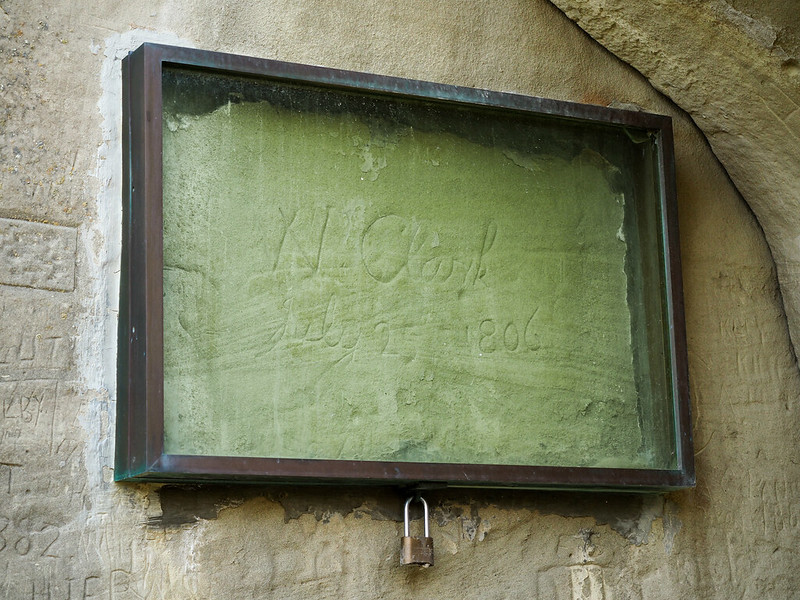
Visit Little Bighorn Battlefield
Not far at all from Pompeys Pillar sits another historically significant site in Montana: Little Bighorn Battlefield National Monument. The monument memorializes the Battle of the Little Bighorn – also known as “Custer's Last Stand” – which took place on June 25, 1876.
Lieutenant Colonel Custer and the U.S. Army's 7th Cavalry faced off against Lakota, Northern Cheyenne, and Arapaho tribes and were decidedly defeated.
If you visit, you can explore museum exhibits, go to the battlefield itself, and visit both the Indian Memorial and National Cemetery.
READ NEXT: The Perfect 12-Day Northern USA Road Trip Itinerary for Montana, Wyoming, and the Dakotas
And this of course is not an exhaustive of things you can do in Montana – it's just all we had time for over the course of a few days!
For more ideas, check out Visit Montana's “Things to Do” page for everything from hot springs to family fun.
And if you're looking to get even more inspired by Montana's scenery, check out this episode from Montana TV where photographer Neil Chaput de Saintonge from Rocky Mountain Photography School turns Montana's backcountry into a jaw-dropping classroom: Top of the Class.
Who's ready to visit Montana?
Pin it for later:
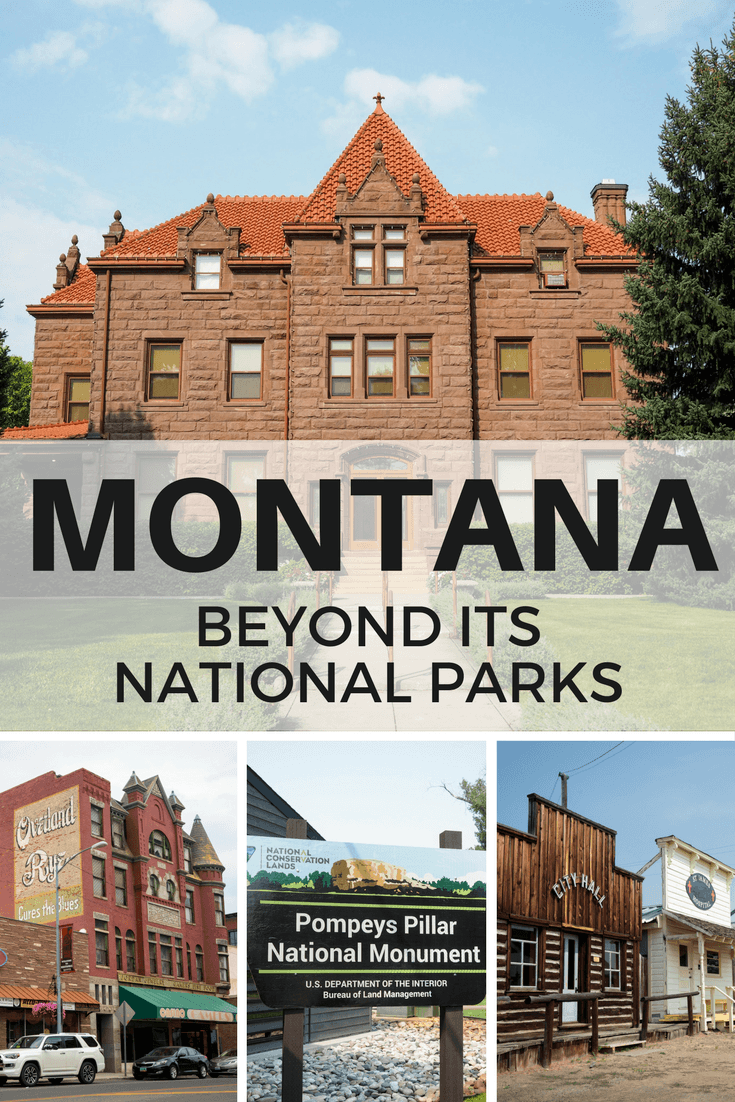
Thanks to Visit Montana for hosting us during our trip. As always, though, all opinions and recommendations are 100% my own!

Amanda Williams is the award-winning blogger behind A Dangerous Business Travel Blog. She has traveled to more than 60 countries on 6 continents from her home base in Ohio, specializing in experiential and thoughtful travel through the US, Europe, and rest of the world. Amanda only shares tips based on her personal experiences and places she's actually traveled!

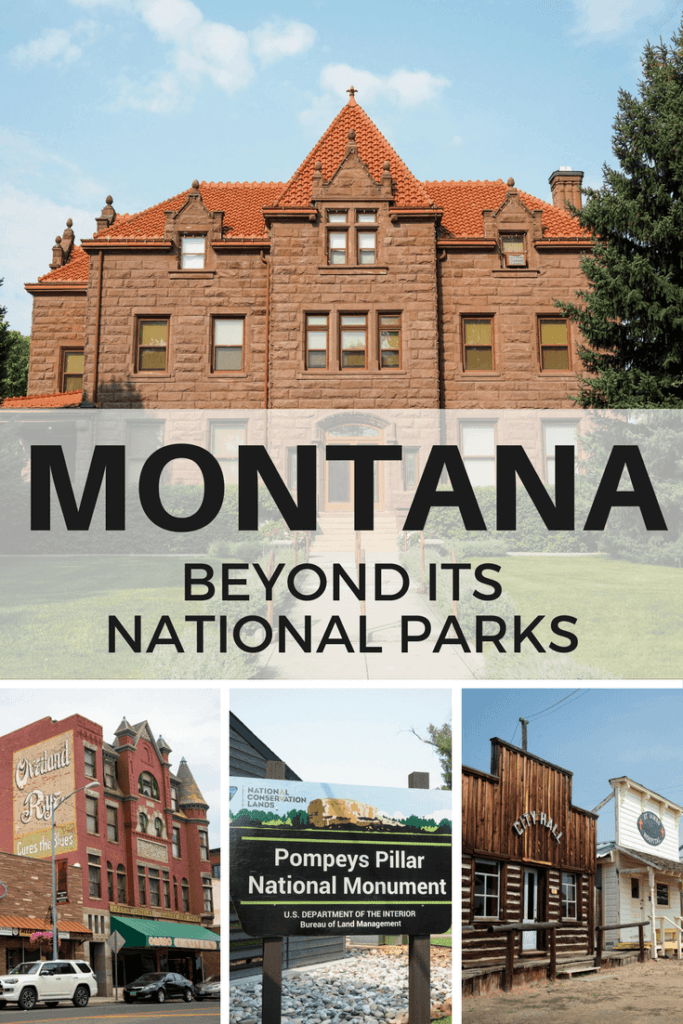









Is it possible to receive vacation information on Montana like things to do campgrounds restaurants places to stay
Hi Gwen! I’m a travel blogger, and I write about my own travel experiences in order to help others plan trips. All the info I have on Montana is already published on my site, so I’m afraid I don’t have anything else to send your way!
You missed the very interesting culture, crafts and museums of the original Montanans. The Native Americans! For real history, and a true view
Of history, you must start with them.
Another Montana trip would be through the farmlands, buffalo herds and prairies of eastern Montana.
Yes, definitely! I would love to learn more about that side of Montana’s history on another trip!
I’d absolutely love to visit the Orphan Girl mine! That looks so fascinating! Were you able to see the cut-off point where the mine tunnels descend into the flooded section? I think that’d be neat, if not unnerving, to look at. And the bank turned sports bar is super cool…mostly because they still have the vault…but seriously, so freaking cool! I love it!
Yeah the mine was really cool! And when we went down to the 100-foot level, you could see down the mine shaft to where the rest of the mine was flooded.
Love the post and love that you mention the ever funky, deeply Irish Butte. I went to grad school there for film and found that it was a place where history and a real sense of wide open space still exists. The small towns and landscapes of Montana are a photographer’s dream.
I really liked Butte! The mining history was pretty cool, and it reminded me of some cities in the Midwest that I love (cities that used to have big industry, lost it, and are now kind of in a “reinvention” period). I’ll have to go back to Montana to see more of the landscapes, though – half of it was on fire when I was there!
Hi Amanda,
This is an inspired state. Loving the post.
My friend has relatives in Montana. Whenever he shares pictures, I am floored. Gorgeous natural beauty. So pristine.
It is one of those states that feels like a foreign land compared to much of the tri-state here, in NYC. The range of the USA is evident, for sure.
I also dig the dino-influence. Big Jurassic Park fan. I recall Horner playing a chief role in being a dino-consultant for the film, as I am pretty sure he was one of the first guys to link birds to dinosaurs, with the film being the first production bringing this theory to the public eye.
Thanks for sharing Amanda.
Ryan
Oh yes, Montana (and the Dakotas, too) is so different from the more populated parts of the US. You can drive for hours in Montana (on major highways!) and only drive through small towns and empty countryside. Very cool part of the country.
I didn’t know much about Montana, but it looks like a fun place. I’ve never visited a proper mine before, so that would definitely be fun!
I had never been down in a real mine before, either – it was super interesting. (And I can’t imagine ever actually working in a place like that! Gave me a whole new appreciation for miners.)
Montana sounds like a great state to road trip! Lots of long empty roads, cool historical stuff along the way, and of course plenty of nature. My dad is from Montana but from “Glendive, emphasis on dive,” so I’ve heard mostly bad things about it XD But being the avid reader-about-anything-travel-related that I am, I am now aware that there are many cool parts of the state that I would love to head up and see sometime!
Also I think we tend to downplay or take for granted the places that we’re from. Montana is huge, and there’s so much to see!
Amazing , what a great place . Your love for finding out of the way places for culture and adventure is infectious. I can’t wait to visit
Thanks! I enjoy mixing up my travels, and definitely love introducing people to destinations they might not know a lot about!
This is wonderful timing, as I’m going to Billings in about 2 weeks for a work trip. Thanks for all the great info!
Awesome! We didn’t get to do anything outdoors in Billings because of the smoke, but hopefully you’ll be able to check out some of those trails!